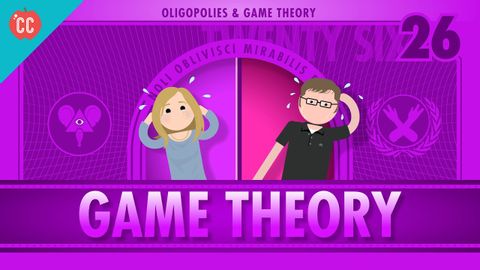
字幕と単語
ゲーム理論と寡占:クラッシュコース経済学 #26 (Game Theory and Oligopoly: Crash Course Economics #26)
00
Jane が 2021 年 01 月 14 日 に投稿保存
動画の中の単語
start
US /stɑrt/
・
UK /stɑ:t/
- n. (c./u.)開始時刻 : 開始場所 : 開始;開始場所:開始時刻;始まり;はっとすること
- v.t./i.始める : 始まる
- v.t.(機器などを)起動する
A1 初級
もっと見る エネルギーを使用
すべての単語を解除
発音・解説・フィルター機能を解除
